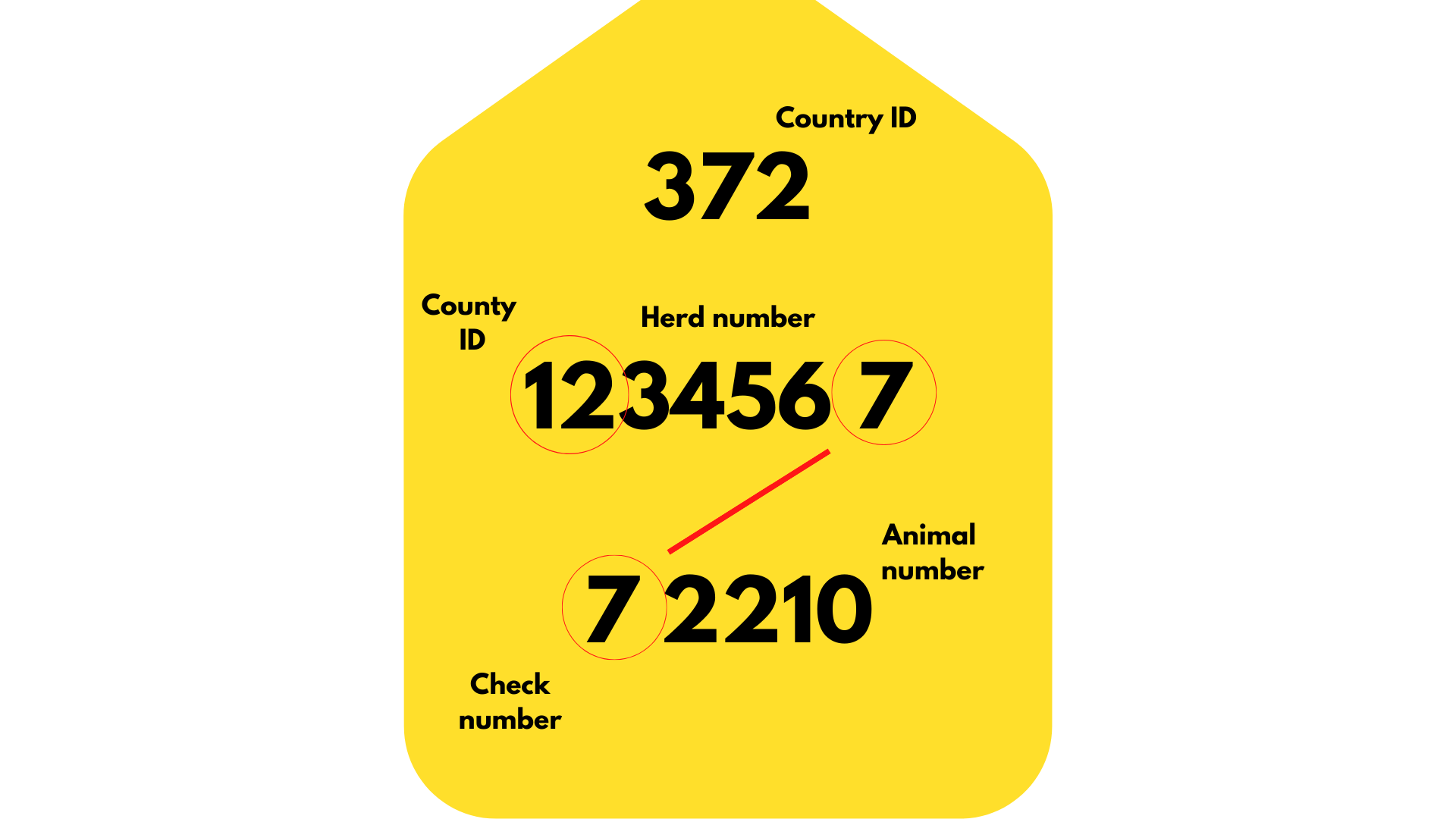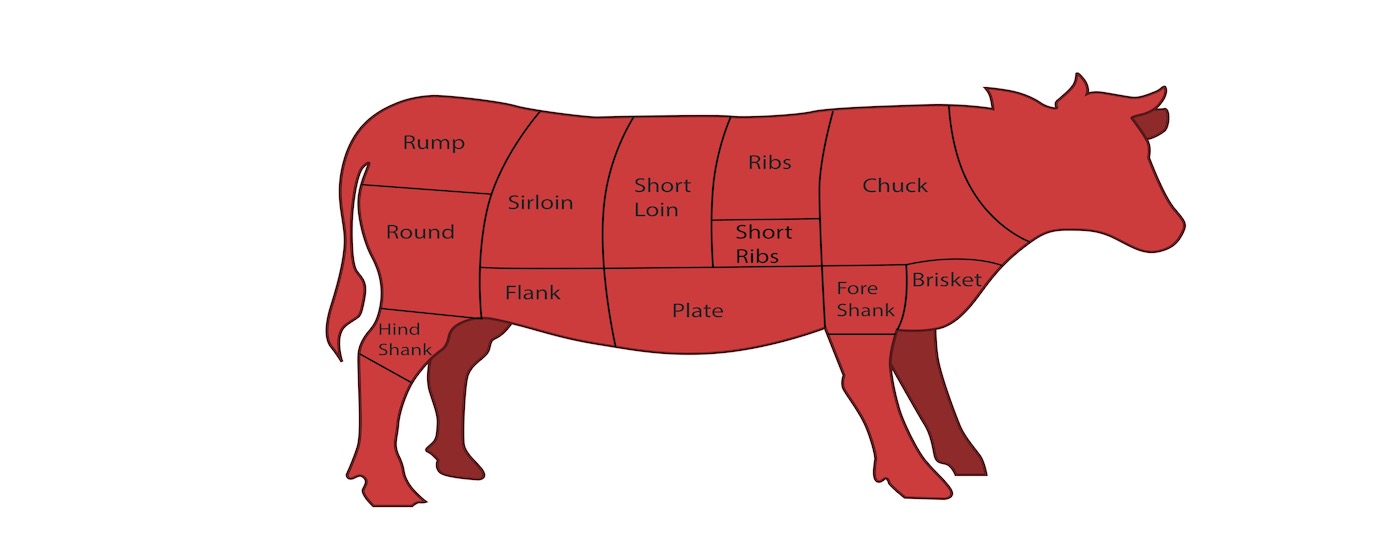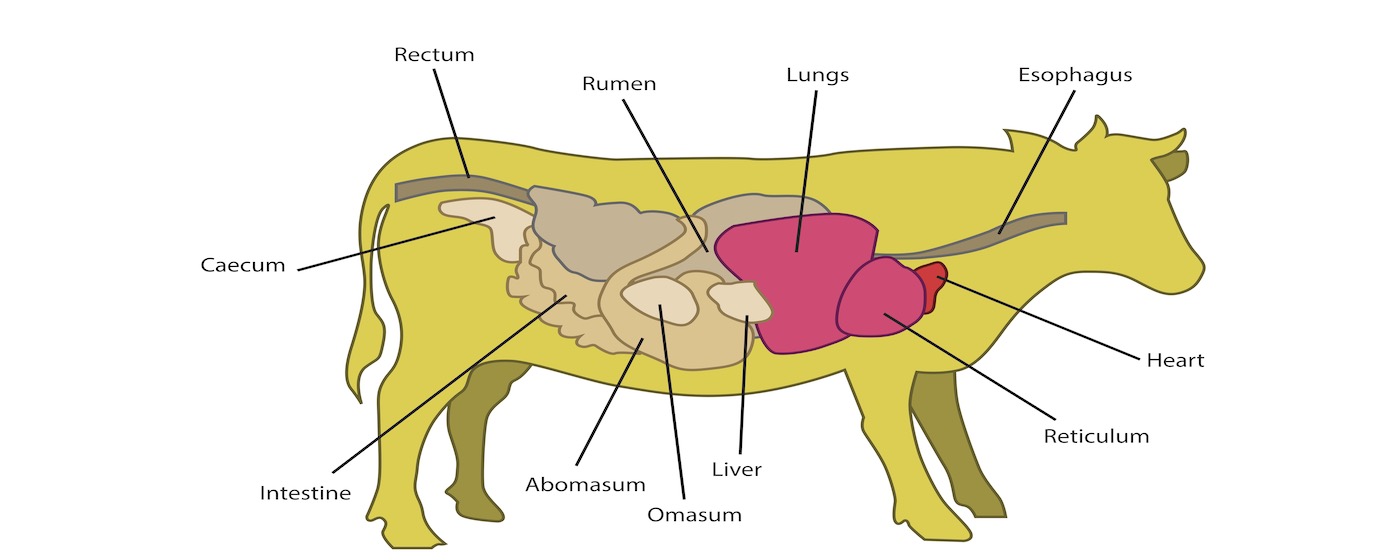Beef
In Ireland, beef production is a grass-based system. It is considerably cheaper to produce a beef animal in a grass-based system than in a grain-based system. There are a few options to choose from when entering the beef enterprise, a mix of two is also a popular choice.
Beef Systems
Suckler beef systems This is an example of a breeding beef system where cows are kept to produce calves that will eventually be finished for beef. Typically a farmer will choose either Spring or Autumn calving, with spring calving being more profitable due to lower input costs (less winter feed and electricity requirements).
Suckler to weanling - produce sucklers and sell once the calf is weaned (7-9 months). Spring born calves can be weaned earlier than autumn born calves.
Suckler to finish - produce sucklers and sell once an animal has reached finishing weight. In a two year calf to beef system, the finishing weight is 600-750kg.
Non-breeding beef system
Dairy-calf to beef - dairy calves are bought pre-weaning and need to be fed milk. Cattle will be finished at approximately 550kg.
Traceability
All calves born must be tagged under legislation, with an individual, unique tag number. This tag must be registered with the Department of Agriculture.
This is part of the Bovine Animal Identification system that has four elements: tagging, bovine passport, on-farm bovine herd registers and a computerised database. Tagging must be carried out within 20 days of birth.
Two double-sided tags are required, one for each ear.

Beef Breeds
Hereford
Hereford
Limousin
Limousin
Charolais
Charolais
Originate from the Charolais region in Central France. They are a large bodied and heavily muscled animal. They are capable of fast growth, leading to higher weight and the production of lean meat. They are also used for cross breeding.
Simmental
Simmental
Belgian Blue
Belgian Blue
Originated in Belgium. They are a large beef breed with a black, white and blue coat, hence the name. They are famous for their impressive muscling which is commonly referred to as ‘double muscling’. Their ease of calving is debated.
Aberdeen Angus
Aberdeen Angus
Wagyu
Wagyu
Parthenaise
Parthenaise
A Canadian breed of cattle. This breed is descendant from three European breeds; Teeswater shorthorn, Aberdeen Angus and British white. The first embryos were imported from Canada to Ireland in 2007. The speckle half of the breeds name comes from its characteristic black, grey and white spots.
Shorthorn
Shorthorn
Aubrac
Aubrac
Originate from Massif Central region in Southern France. They are well muscled, medium sized animals, producing continental type marbling of beef. They have the ability to convert low cost roughage such as grass or hay into beef. They also have good maternal traits and ease of calving
Speckle Park
Speckle Park
A Canadian breed of cattle. This breed is descendant from three European breeds; Teeswater shorthorn, Aberdeen Angus and British white. The first embryos were imported from Canada to Ireland in 2007. The speckle half of the breeds name comes from its characteristic black, grey and white spots.
Belted Galloway
Belted Galloway
Piedmontese
Piedmontese
Saler
Saler
Originated in France. They are a large, hardy and long living cattle breed. They are said to be very efficient foragers. Salers are equipped to handle a wide variety of temperatures and ground conditions including indoor slats.
Blonde D'Aquitaine
Blonde D'Aquitaine
Originate from the Aquitaine/Garonne valley in France near the Pyrenees Mountains. They are said to have a superior killing out percentage (the weight of the carcass in relation to weight of the live animal immediately before slaughter). They are the 3rd most numerous cattle breed in France after Charolais and Limousin.
Dexter
Dexter
Cow Anatomy


Nutrition
Beef is an excellent source of protein. An average steak contains 50% of the protein an adult needs in a day. All age groups need protein to grow, develop and maintain healthy muscle development.
Beef contains vitamins B2, B3, B6 and B12 which helps to maintain a healthy body. Beef also contains zinc which is essential for a healthy immune system.
Did you know that many Irish women and children are not eating enough iron. An average portion of lean red beef contains half the dietary requirements of iron you need in a day.